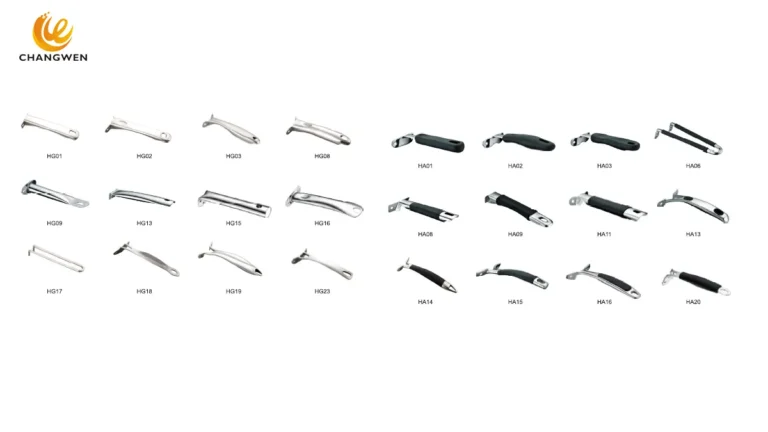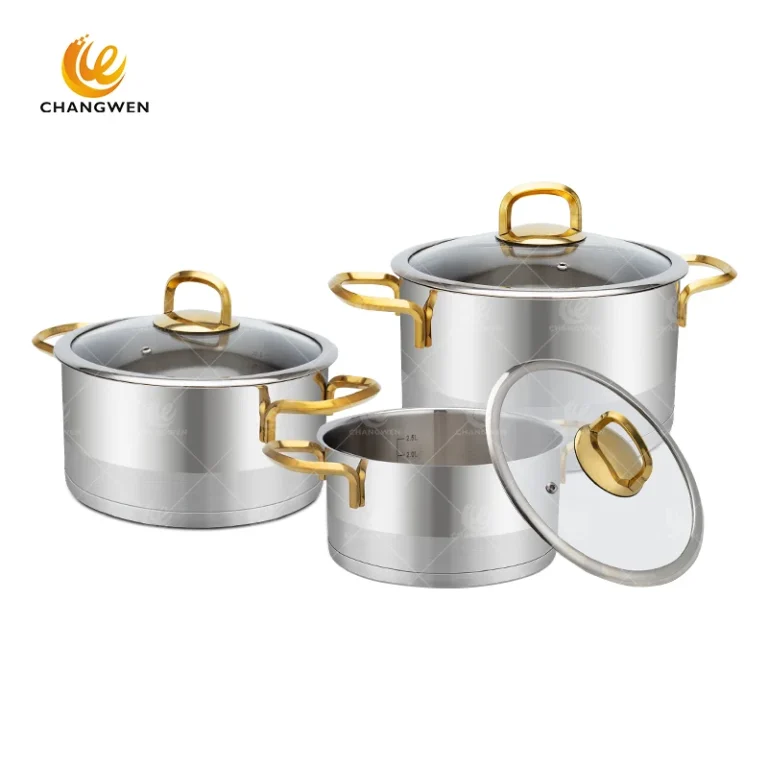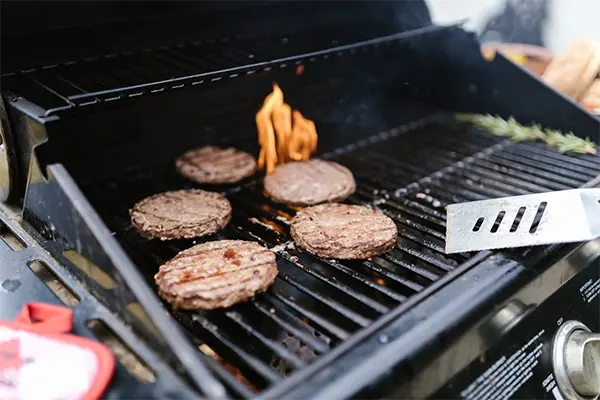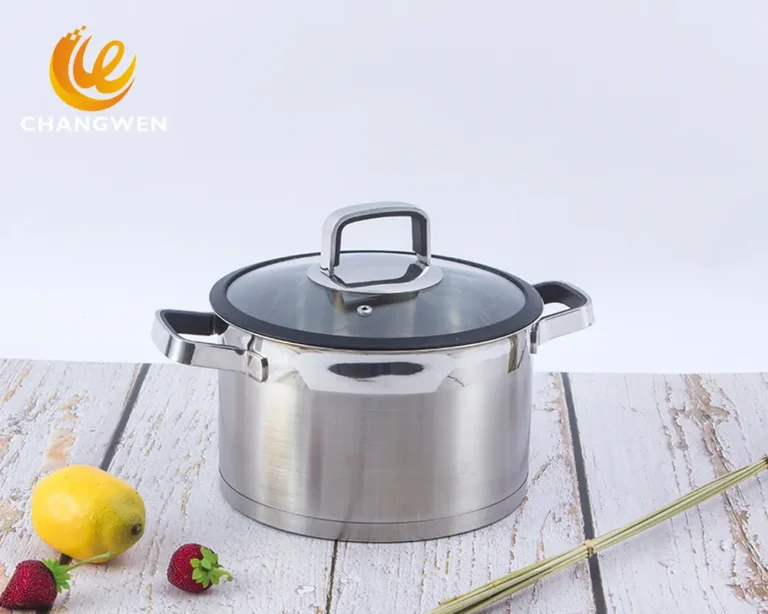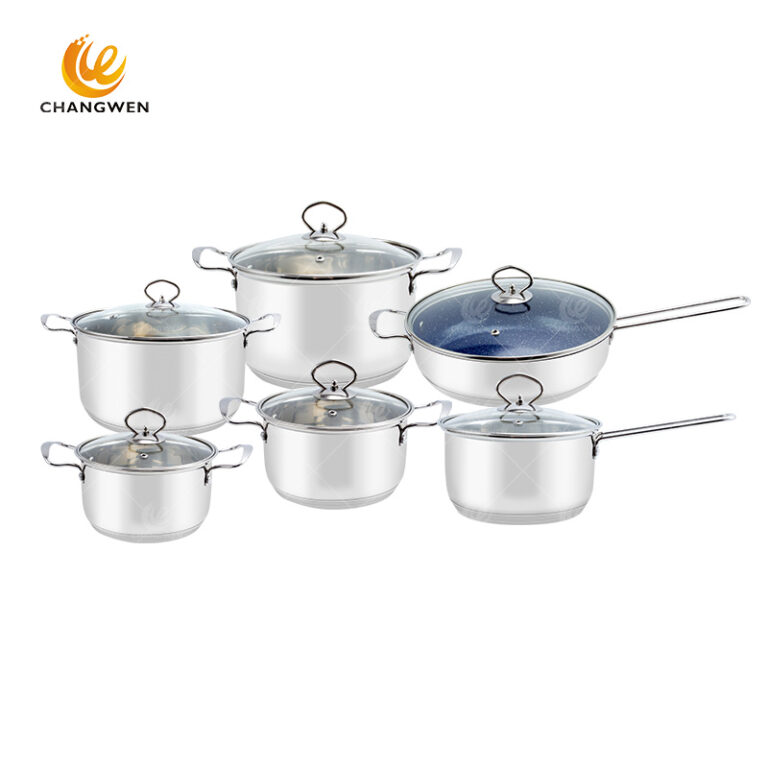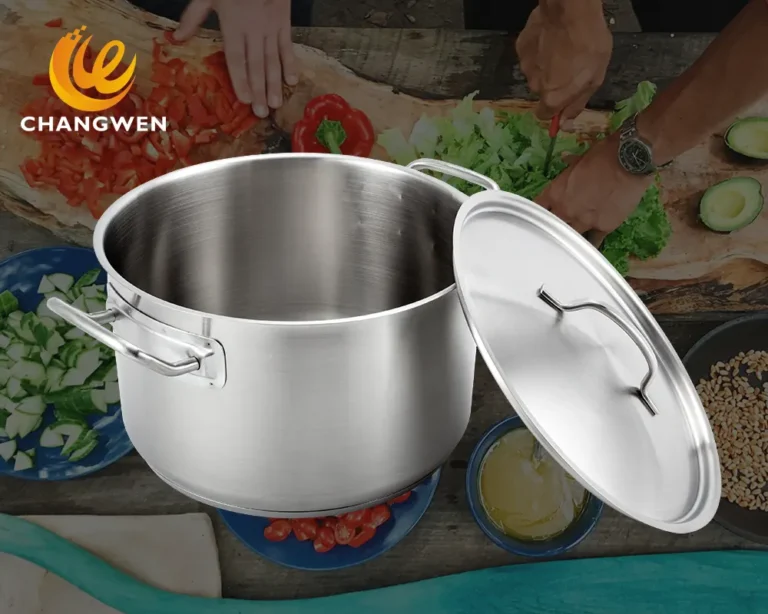The Complete Guide to How Cast Iron Cookware is Manufactured
Cast iron cookware, revered for its durability and excellent heat retention, has been a kitchen staple for generations. The production process of cast iron cookware includes the main steps of making sand molds, melting molten iron, pouring, cooling and molding, desanding and polishing, spraying and baking.
Table of Contents
Introduction
Cast iron cookware is synonymous with quality and durability in the kitchen. The process of making these timeless products blends traditional techniques with modern technology to ensure that each piece meets high standards. Understanding this process will not only deepen your appreciation for cast iron cookware, but also help you make an informed purchasing decision.
Raw Materials
The first step in making cast iron cookware is sourcing the right raw materials:
Pig Iron: Pig iron comes from iron ore and is the main ingredient. It is melted and combined with scrap iron to achieve the desired composition.
Alloying Elements: To enhance the properties of cast iron, elements such as carbon, silicon, and manganese are added. These elements improve durability, heat retention, and ductility.
Melting the Iron
Next, the raw materials are melted in a furnace:
Blast Furnace: Pig iron and scrap iron are melted in a blast furnace using high temperatures (approximately 2,300°F or 1,260°C).
Additive Mixing: During the smelting process, alloying elements are mixed to improve the properties of the iron.
Casting mold
Iron can be cast after melting and mixing:
Sand mold preparation
Since it is cast, a mold is needed. Molds are divided into steel molds and sand molds. Steel molds are molds made of steel according to design drawings or samples. They are master molds. Only with master molds can sand molds be made – sand molds are made on steel molds with sand. Sand molds can be made by hand or by automated production equipment (called Disa line). In the past, it was mostly manual, but now equipment production has gradually begun. First, the efficiency has been greatly improved and the quality is more stable. Second, labor is getting more and more expensive. A skilled worker can only make one or two hundred sand molds a day, while equipment can make thousands a day, and the efficiency difference is very large.
Casting molten iron
The molten iron is transferred to the sand mold by equipment or workers. The step of pouring molten iron is completed by machines in larger foreign and domestic companies, and smaller companies are completed by workers. Workers use something like a ladle to pour the molten iron from the large barrel into a small ladle, and then pour it from the ladle into the sand molds one by one.
Cooling and molding: After the molten iron is poured, let it cool naturally for twenty minutes to form. After solidification, the sand mold is broken to reveal the rough cast iron.
Sand cleaning
Use a vibrating table or air jet to remove any remaining sand, ensuring that the cooker is clean and free of mold residue.
Finishing and grinding
In order to obtain the final shape and smooth surface, the rough cast iron undergoes several finishing steps:
Grinding
Smooth the edges and surfaces to remove any rough spots or excess material.
Polishing: A thorough polishing process ensures that the cookware is smooth and beautiful.
Spraying and baking
The polished pot enters the spraying and baking process. The worker sprays a layer of vegetable oil (daily edible vegetable oil) on the surface of the pot, and then passes it into the oven through a conveyor belt. After a few minutes of baking, a pot is formed. The purpose of spraying vegetable oil on the surface of the cast iron pot is to penetrate the grease into the iron pores and form a black rust-proof, non-stick oil film on the surface. This layer of oil film on the surface is not a coating, and it also needs maintenance during use. If used properly, the cast iron pot can be non-stick.In addition, the enamel pot is the same as the cast iron pot before the spraying process, but the spraying process is not vegetable oil, but enamel glaze. The enamel glaze is sprayed two or three times, and each time it needs to be baked at a high temperature of 800 degrees, and finally a colorful enamel pot is formed.
Quality Control
Ensuring the high quality of cast iron cookware requires stringent quality control measures:
Inspection: Each product is thoroughly inspected for defects in shape, finish, and seasoning.
Testing: Products are tested for durability, heat retention, and nonstick properties to meet industry standards.
Environmental Considerations
Manufacturing cast iron cookware has an impact on the environment, but many manufacturers are adopting sustainable practices:
Recycled materials: Many foundries use recycled materials, reducing the need for virgin mining.
Energy efficiency: Implementing energy-saving technologies in furnaces and other equipment helps minimize environmental footprint.
Waste management: Proper disposal and recycling of sand molds and other byproducts contribute to environmental sustainability.
Conclusion
The meticulous process of cast iron cookware manufacturing—from raw material selection and melting to casting, finishing, and seasoning—ensures that each product is durable and effective in your kitchen. With an increasing focus on quality and sustainability, modern technology continues to improve production standards. Understanding this process can deepen our understanding of these versatile kitchen tools and help make informed purchasing decisions.
For more in-depth articles on cookware manufacturing processes, trends, and innovations, stay tuned to our blog!

